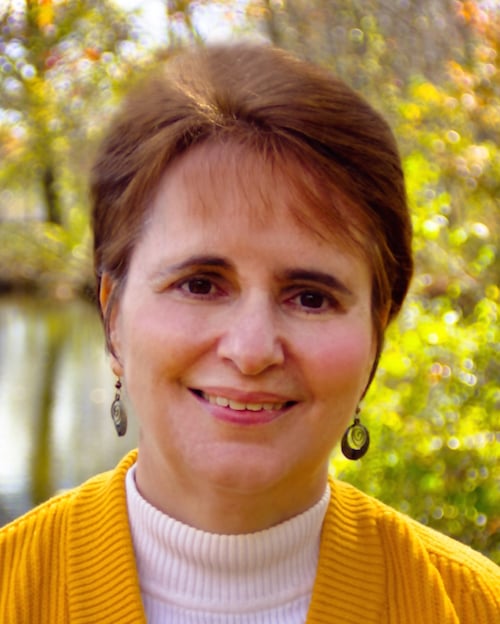 In continuing my series of what makes a beautiful Godly woman, I begin with Keith Fournier’s book, The Prayer of Mary (see previous post) and read that Christ’s work began in utero, in Mary’s womb, taking up residence there, making it a tabernacle of the flesh (Preface, The Prayer of Mary, page X).
In continuing my series of what makes a beautiful Godly woman, I begin with Keith Fournier’s book, The Prayer of Mary (see previous post) and read that Christ’s work began in utero, in Mary’s womb, taking up residence there, making it a tabernacle of the flesh (Preface, The Prayer of Mary, page X).
Recently I’ve begun an exploration of contemplative prayer, using an app from the Daughters of Saint Paul called Beginning Contemplative Prayer based on a book by Sr. Kathryn J. Hermes, FSP. Sister Kathryn speaks of going deeper into a place that is still, quiet and receptive to the presence of Jesus. The safest place I could think of was the womb – it’s quiet and warm, enclosed and nourished by someone who loves me and wants to take care of me. I retreat here now when I want to be closer to Jesus. I had already decided to do that when I read Fournier’s premise of Christ’s work beginning in utero. For me, it continues there.
“God incarnate made His first home in the womb of a woman who said yes to the invitation of grace.” (Ibid page XI). Mary was receptive to new life and to love, as pointed out in Genevieve Kineke’s book, The Authentic Catholic Woman (preface). She had to be completely open, completely vulnerable, in order for God’s grace, His own self, to make a home within her. Christ incarnate has made every part of human life holy. By allowing Himself to be born from the Virgin Mary, He lifted up every aspect of the life of a woman to holiness. Therefore, everything that Mary did, from suckling Jesus, to cleaning Him, providing clothing, guiding Him, consoling Him . . . everything, was raised to holiness. Christ elevated woman and made her beautiful through this most intimate act of love.
And what defines that beauty? Fournier lists several things (Ibid, pages XII-XIII):
- living a life of surrendered love
- encountering God relationally, personally, intimately
- about receiving and giving: becoming a person for others by entering more fully in to the way of Christ and offering ourselves in Him, for others
In other words, offering our humble “yes” to God at all times. Mary’s “yes” ended up changing human history. How beautiful is that?
I will continue to explore this theme in my next post. Stay tuned . . .
Copyright 2011 Susan Bailey
About the Author

Susan Bailey
Susan Bailey is the author of River of Grace: Creative Passages Through Difficult Times (Ave Maria Press), and Louisa May Alcott: Illuminated by The Message (ACTA Publications), part of their Literary Portals to Prayer series. Along with her blogs Be as One and Louisa May Alcott is My Passion, Susan writes for the Diocese of Worcester newspaper, The Catholic Free Press.


.png?width=1806&height=731&name=CatholicMom_hcfm_logo1_pos_871c_2728c%20(002).png)
Comments